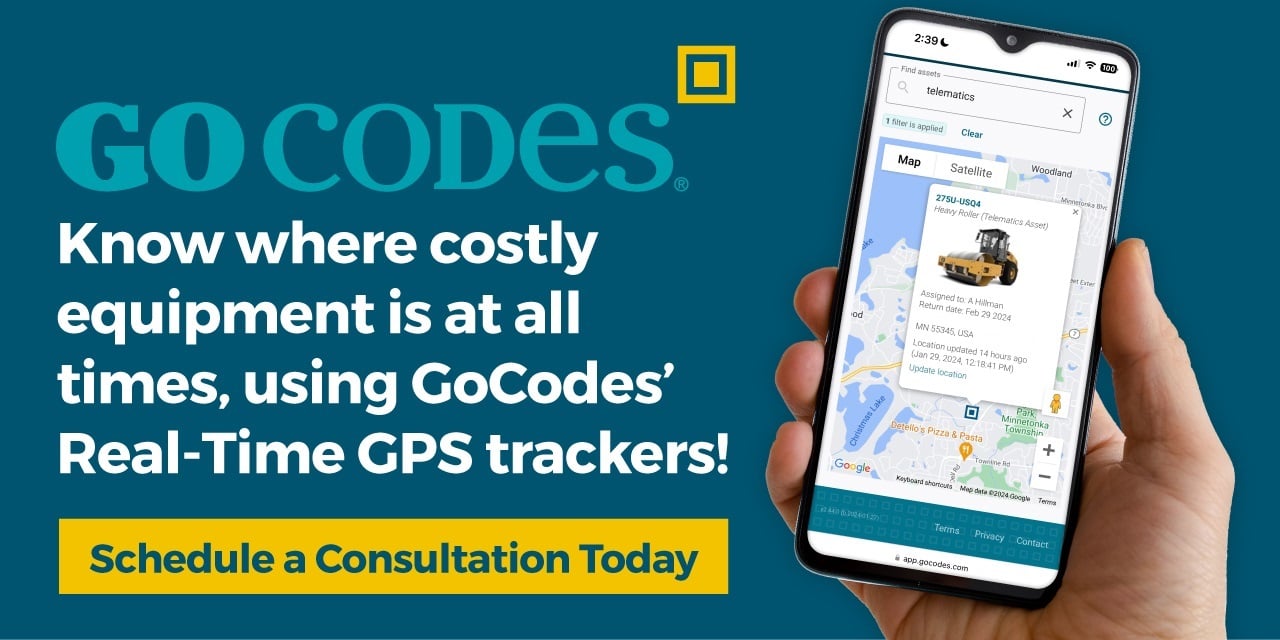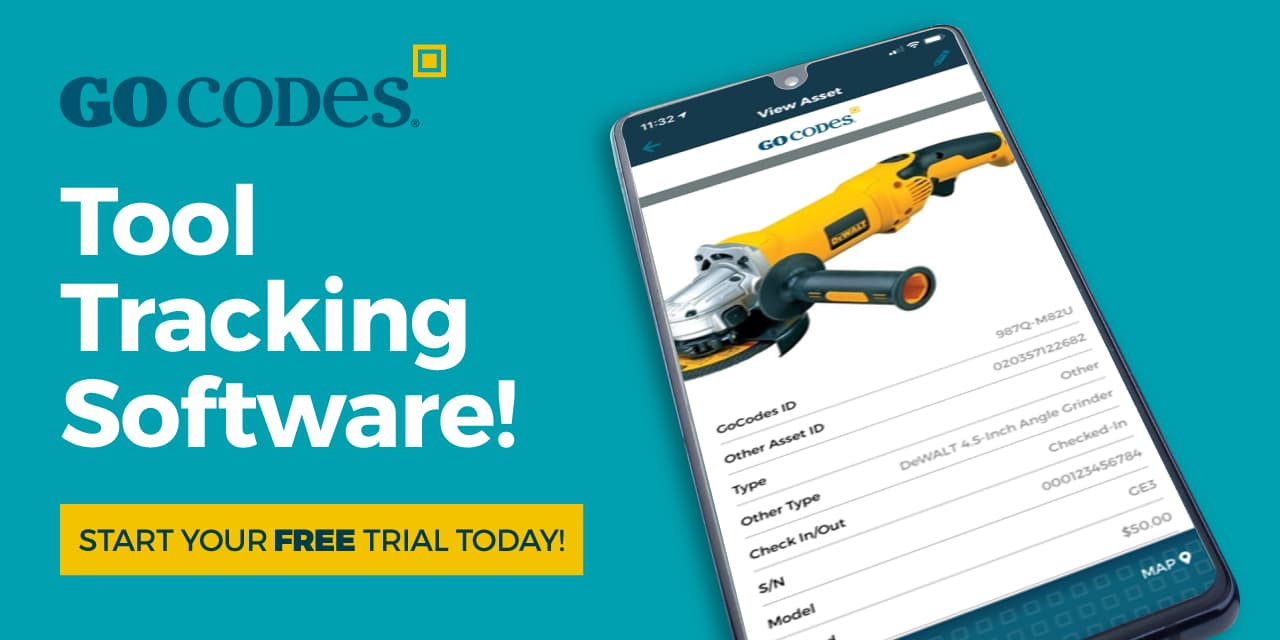Key Takeaways:
- Transparent reporting reduces disputes and builds stakeholder trust.
- Miscommunication causes $31.3 billion in construction rework.
- Reporting telematics data can cut equipment idling by 15%.
- Raymond Group improved cost recovery from 70% to 90% with better construction reporting.
- Granite Construction saved $500,000 on rework and five hours weekly per person with effective reporting.
In an industry with razor-thin margins and where delays can be catastrophic, construction companies are constantly searching for a competitive edge.
Yet, amidst the chaos of job sites, changing plans, and dispersed crews, a critical tool often gets relegated to a burdensome chore: reporting.
But what if we reframed reporting not as brain-numbing, but as the very core of project success and profitability?
Systematic construction reporting is a strategic powerhouse delivering tangible benefits that directly impact your organization’s financial health and reputation.
Here are the five most critical ones.
In this article...
Increased Transparency
Transparency is the foundation of successful project delivery.
Why?
Because when owners, investors, subcontractors, and project teams all operate with different understandings of progress or budget status, confusion breeds mistrust.
And mistrust quickly turns into disputes and claims.
Reporting changes this dynamic.
By giving stakeholders consistent, factual, and timely information, it reveals the true state of the project.
For example, daily or weekly reports might show percent-complete by task, current expenditure versus budget, or photos of key work areas.
You can even use custom-built templates, such as this one:

Source: Smartsheet
With such daily reports, owners, investors, and contractors all gain a clear picture of progress.
This, naturally, builds trust.
Stakeholders can verify that work is proceeding as planned, or spot issues early.
Additionally, misunderstandings and conflicts drastically reduce when you have such transparency in place.
When issues arise (as they inevitably do), organizations with high trust and transparent cultures are better equipped to handle them based on objective data found in the reports, not hearsay or finger-pointing.
By making every dollar and deadline traceable, reporting transforms skepticism into collaboration.
In practice, transparent reporting means fewer surprises. When changes or delays do occur, everyone has a documented record of why and how they happened.
Modern construction project management tools make this easy.
For instance, asset tracking software can tie equipment usage and maintenance data into reports, so there’s no mystery about where machinery has been or how it has been used.

Source: GoCodes Asset Tracking
Transparency is critical to smooth project execution and maintaining strong, long-lasting business relationships.
With open reporting as the starting point, teams eliminate expensive arguments over who was to blame for overruns or delays.
Since proper reporting also involves sharing reports with clients, this results in high customer satisfaction and referrals.
Improved Communication
Construction teams juggle architects, subcontractors, and suppliers, often across multiple job sites.
In this environment, poor communication is one of the most expensive risks you face.
In fact, PMI’s 2013 Pulse of the Profession report revealed that for every $1 billion spent on a project, $75 million is at risk due to ineffective communication.
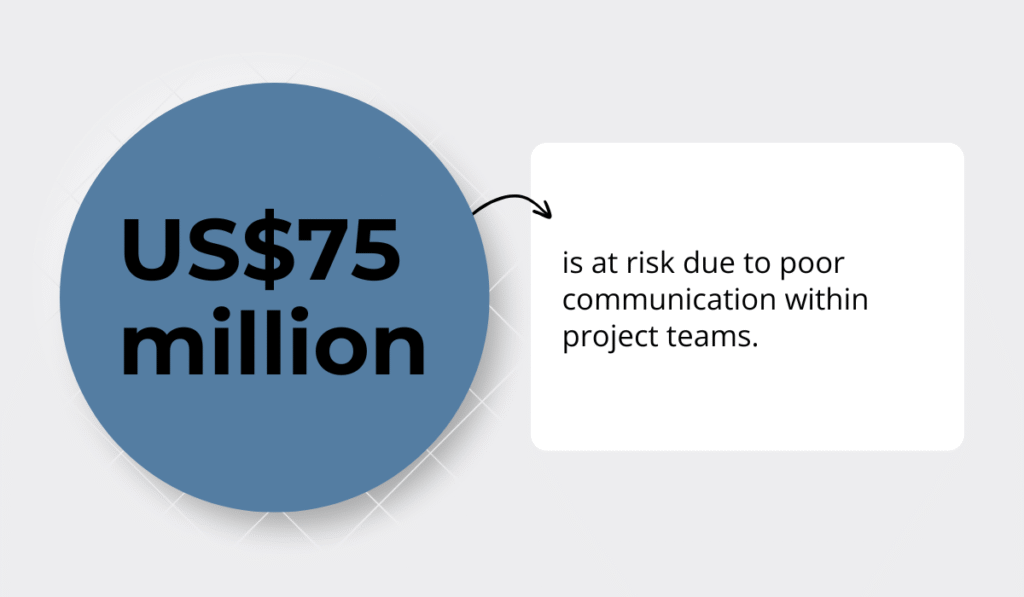
Illustration: GoCodes Asset Tracking / Source: PMI
This shows a critical need to tackle poor communication at the enterprise level.
Reporting helps close this communication gap.
By acting as a single source of truth, reports align teams on priorities, decisions, and progress.
Daily logs, progress updates, and risk assessments can all be consolidated into a format that’s accessible and easy to understand.
Now, why does this matter?
Because when everyone works from the same data, collaboration is seamless.
Engineers can flag design clashes early, onsite crews can adjust before mistakes happen, and project managers can keep clients in the loop without extra meetings or endless emails.
Without this shared visibility, the costs are staggering.
The PlanGrid and FMI survey found that miscommunication and poor data are responsible for 48% of all rework in U.S. construction projects, costing the industry a $31.3 billion annually in labor, materials, and delays.
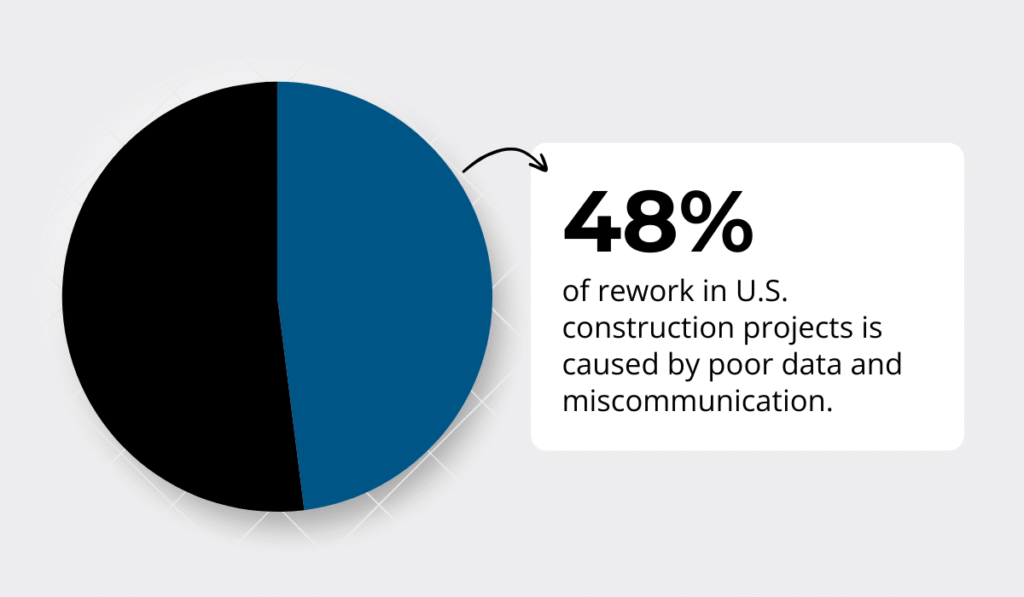
Illustration: GoCodes Asset Tracking / Source: PlanGrid
Proper construction reporting solves this.
For example, daily construction logs (with written notes and even photos) let field crews report what tasks were done each day, and project managers can share those updates with owners and contractors.
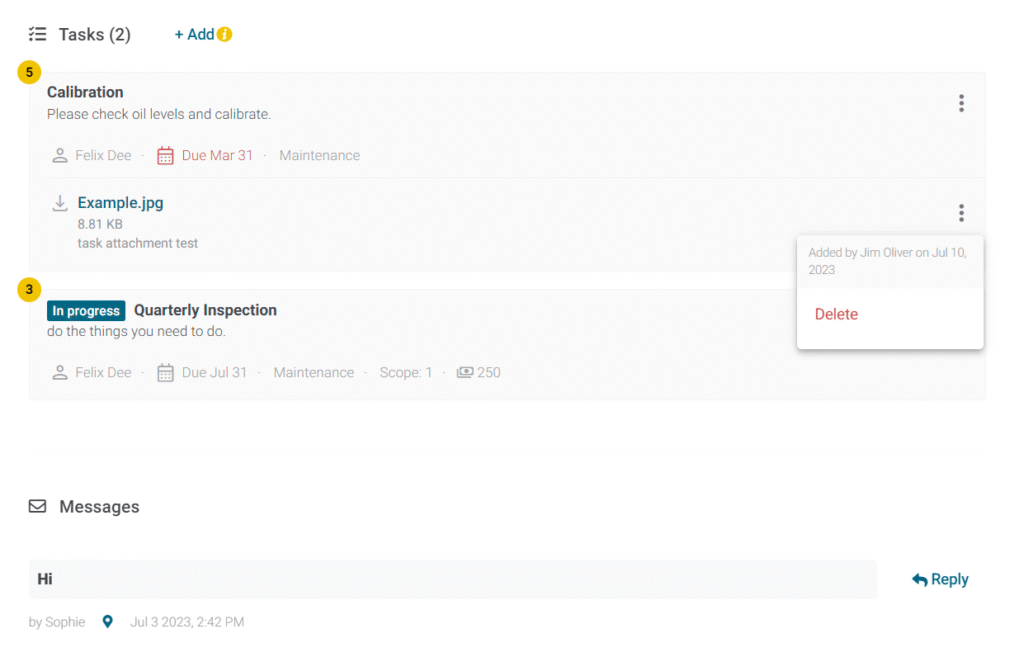
Source: GoCodes Asset Tracking
If a pipe fitter’s crew reports they finished pouring foundation footings ahead of schedule, the client is immediately aware of the progress.
Conversely, if a supply delay holds up concrete placement, the team can note that in the daily report and adjust plans.
The bottom line?
Effective reporting doesn’t just record information; it creates a culture of open, proactive communication.
More Accountability
In construction, accountability can make or break a project.
Without clear records, it’s all too easy for tasks to slip, responsibilities to blur, and resources to be wasted.
Construction reporting closes that gap.
Here’s how: every daily log, progress update, or utilization report creates a traceable record of who did what, when, and with what outcome.
This turns everyday activity into an auditable trail. Instead of finger-pointing when problems arise, teams can turn to documented evidence.
Why does this matter?
Because visibility drives responsibility.
When crews know their work will appear in the daily report, diligence improves.
When supervisors review resource-use reports, idle time and material waste become harder to hide. And when managers track progress against schedule, ownership of results is unavoidable.
Take equipment as an example.
Telematics data on its own is just numbers. But when captured in weekly utilization reports, patterns emerge: a crane sitting idle, a fleet vehicle overused, or tools going missing.
Ted Polzer, Director Of Product & Customer Support at CNH, an equipment, technology, and services company, summarizes it:
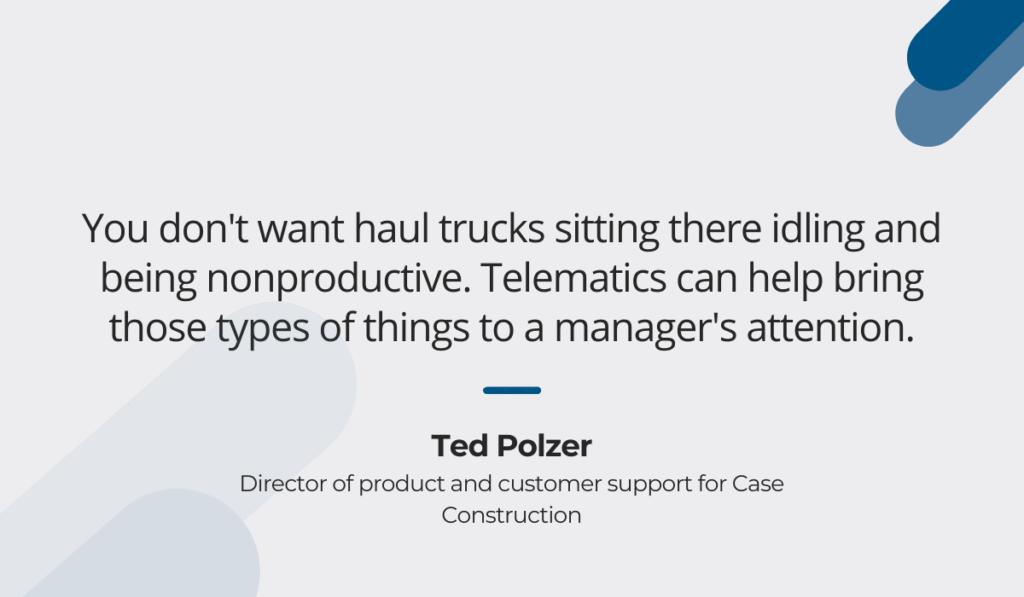
Illustration: GoCodes Asset Tracking / Source: AEM
That’s where asset management systems like GoCodes Asset Tracking come in.
By automatically capturing equipment location, usage history, fuel consumption, and downtime, GoCodes Asset Tracking feeds this information directly into reports.
Below is an example of fuel consumption report:

Source: GoCodes Asset Tracking
When this information flows into reports, managers can hold teams accountable for how equipment is deployed, prevent costly idling, and quickly identify when something is misplaced or misused.
According to the Association of Equipment Manufacturers (AEM), contractors using telematics paired with reporting reduce nonproductive idling by 15% on average.

Illustration: GoCodes Asset Tracking / Source: AEM
Accountability extends beyond equipment.
Construction reports also document scope changes, safety issues, and quality checks.
If a safety incident occurs, reporting ensures there’s a permanent record of what happened and who was involved.
If a change order is issued, reports show who approved it and why.
That record not only protects the company but also accelerates issue resolution.
All in all, reporting transforms accountability from a vague expectation into a documented reality.
By capturing actions, decisions, and outcomes in real time, reports create a culture where responsibility is shared, resources are used wisely, and performance is measured fairly.
Informed Decision-Making
In construction, intuition can’t compete with data. Reports transform raw numbers into actionable intelligence, allowing managers to pivot swiftly.
Need to reallocate crane usage? Check utilization reports.
Facing a delay? Risk logs highlight bottlenecks before they escalate.
Instead of guessing if a task is on time or the budget is safe, managers see the facts in front of them.
A strong example comes from The Raymond Group, a leading contractor in the U.S.
During a $450M arena project, the team used reporting to document scope changes, track issues with photos and notes, and share real-time updates with the general contractor.
This improved documentation helped them increase cost recovery from 70% to 90% and saved roughly 5 hours per person per week.

Illustration: GoCodes Asset Tracking / Data: PlanGrid
In short, reporting turned fragmented field data into clear insights the entire team could act on.
Reports also empower stakeholders: investors use financial summaries to approve contingency funds, while safety officers rely on incident logs to preempt hazards.
All this results in decisions anchored in evidence, not emotion.
Reporting gives organizations the data they need to make smart business choices and identify risks before they snowball out of proportion.
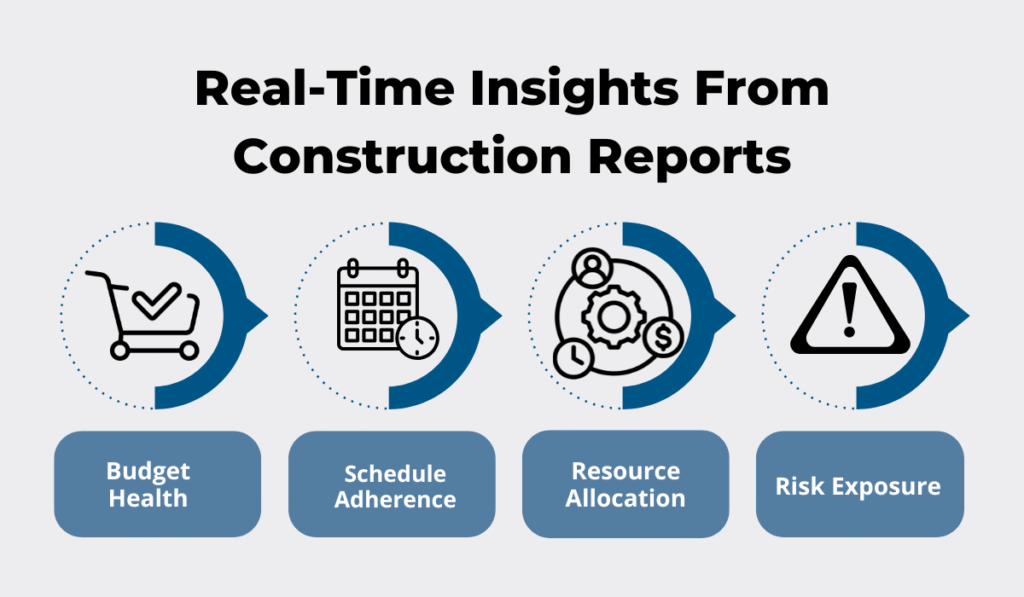
Source: GoCodes Asset Tracking
Today, cloud-based platforms are the norm for modern reporting, enabling teams and stakeholders to access critical project data from anywhere in the world.
This ensures everyone works from the latest information, reducing the chance of outdated reports that can cause confusion or delays.
With a single, centralized source of truth accessible on any internet-connected device, all team members, regardless of technical skill or hardware, can stay informed and engaged at every stage of the project.
Moreover, modern reporting tools can visualize key indicators via charts and dashboards.
GoCodes Asset Tracking’ enterprise reporting module, for example, offers a drag-and-drop designer for custom reports and charts, which you can see below:
Source: GoCodes Asset Tracking
The net result of this visibility is an agile project: as conditions change, the team adjusts quickly based on report insights.
Reporting turns uncertainty into clarity, empowering leaders to make swift, confident, and evidence-based choices that keep projects on track and within budget.
Better Project Management
All the benefits we’ve discussed—transparency, communication, accountability, and informed decision-making—converge into one outcome: better overall project management.
Structured reporting turns the apparent chaos of a construction site into an organized, trackable process.
Project managers gain a constant line of sight into tasks, budgets, schedules, and risks, enabling tight control. They’re able to compare actual progress to the planned schedule continuously.
This constant feedback loop is invaluable.
Instead of discovering problems weeks after they occur, managers can spot bottlenecks, resource shortages, or quality issues as they emerge, and take corrective action immediately.
For example, a weekly cost report might flag that foundation work is consuming materials 15% faster than estimated.
That early warning lets the manager investigate right away—whether it’s a measurement error, a material issue, or a genuine overuse—before costs spiral.
Granite Construction, a premier U.S. heavy civil general contractor, estimates saving five hours per person each week and $500,000 in rework on a single project by catching small mistakes early through effective reporting.
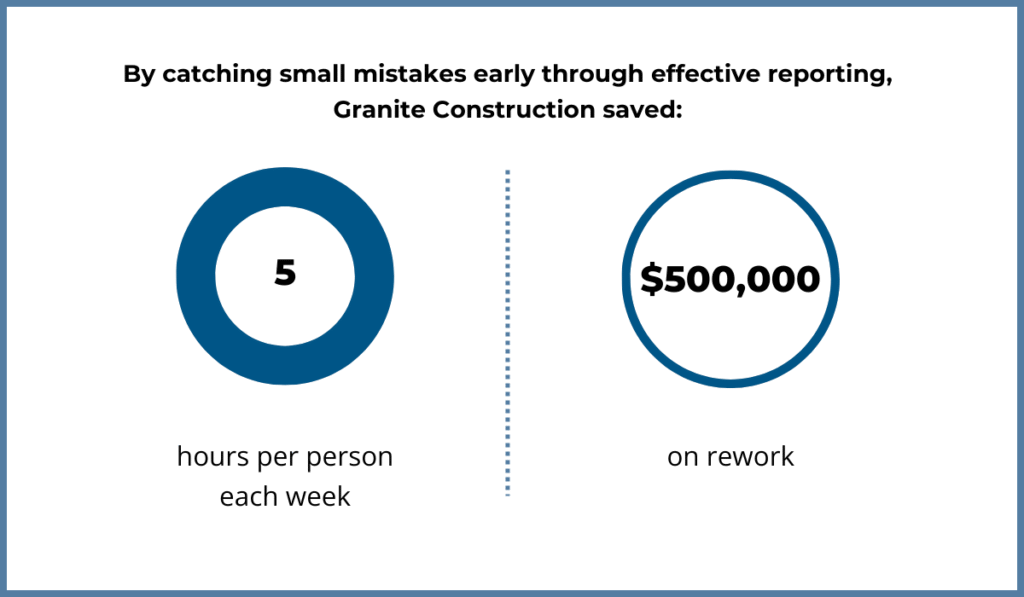
Illustration: GoCodes Asset Tracking / Data: PanGrid
Similarly, reporting also sheds light on resource allocation and utilization (labor, equipment, and materials).
This is a vital insight because, as the PMI found out, 23% of managers blame inadequate resource forecasting as the primary cause of failure for past projects.
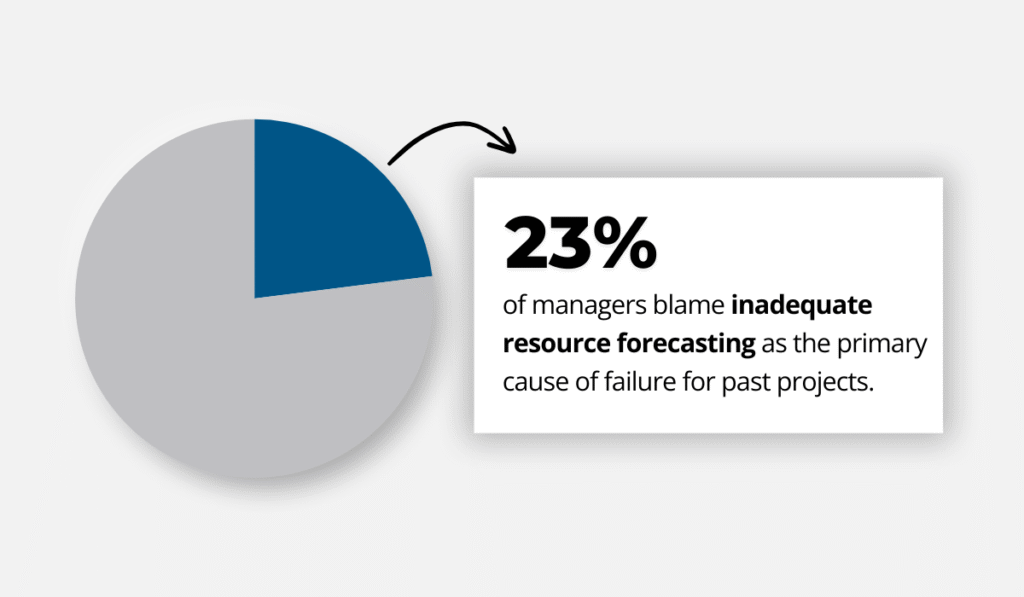
Illustration: GoCodes Asset Tracking / Data: PMI
With proper resource allocation reports in place, you can ensure that the right personnel, equipment, and materials are available when needed.
Also, when teams use integrated reporting, they can automatically see which equipment sits unused or requires maintenance.
Managers can then reorganize work to keep machines busy or schedule preventative maintenance before breakdowns occur.
This significantly reduces the chances of major delays, costly rework, and budget overruns.
It enables smoother workflow, higher quality outcomes, and ultimately, protects—or even enhances—profit margins.
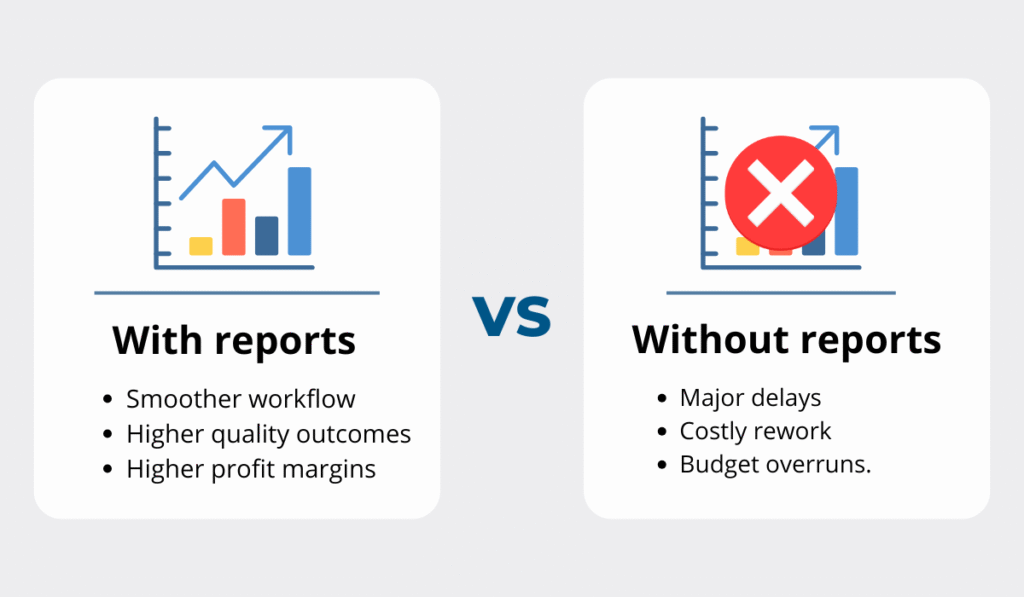
Source: GoCodes Asset Tracking
Effective reporting transforms project management from reactive crisis management to proactive, data-driven leadership.
It also provides the essential data trail for auditing and accounting processes, ensuring financial accuracy and compliance.
Good reporting is the project manager’s key to staying under budget and on schedule.
It ties every aspect of project control, from financial tracking (including depreciation and audits) to daily productivity, into one coherent system.
Conclusion
Construction reporting is often viewed through the lens of compliance—something you have to do for the client.
But as we’ve explored, its value runs far deeper.
Construction owners and managers must prioritize reporting, as it drives transparency and, in turn, builds trust.
This trust catalyzes improved communication, preventing billion-dollar rework, optimizing resources through accountability, informing decision-making in complex situations, and safeguarding timelines and budgets through better project management.
Don’t let reporting be an afterthought.
Start small, digitize daily logs or resource trackers, and watch your projects and your bottom line transform.
Start harnessing the power of data today!


